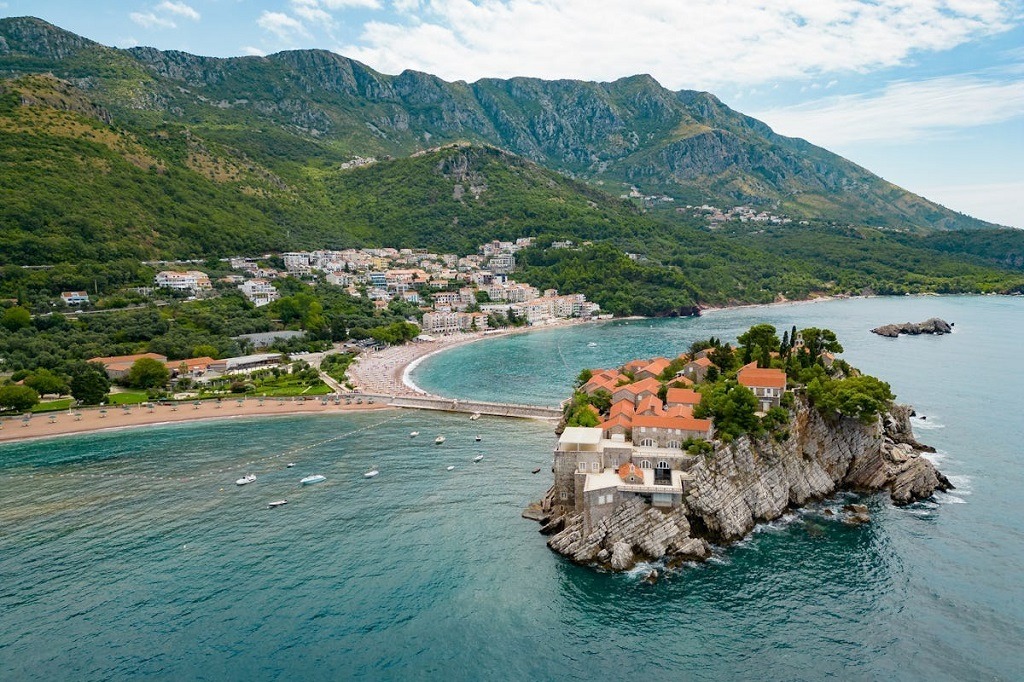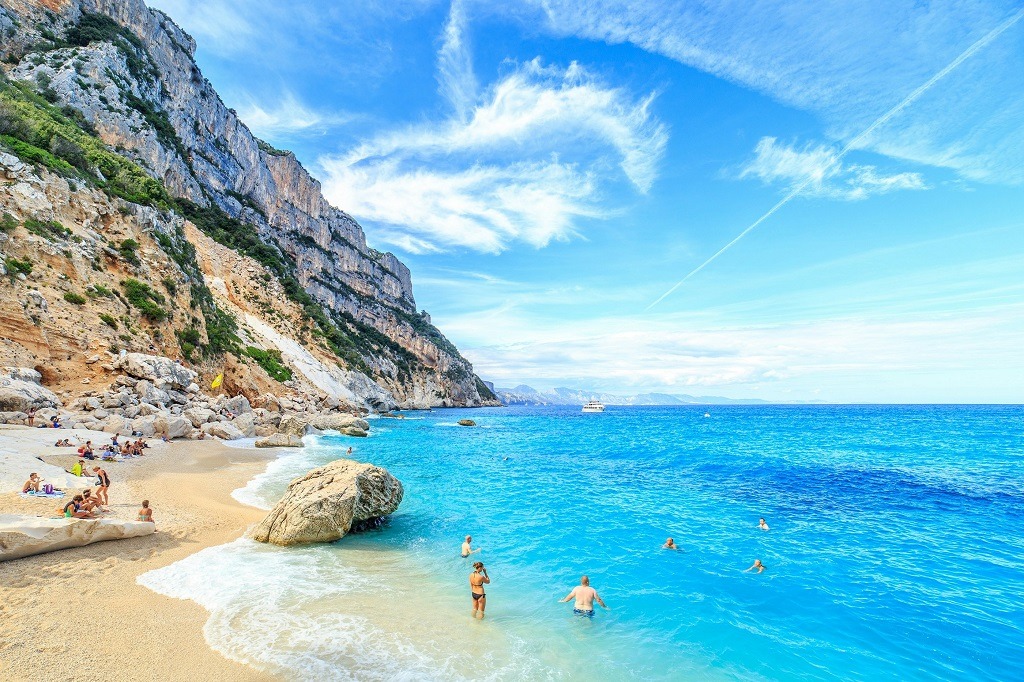Europe’s diverse coastlines offer some of the world’s most spectacular beach destinations, from the sun-soaked Mediterranean shores to the rugged Atlantic cliffs. For travelers seeking the perfect coastal escape, choosing the right destination can make all the difference in creating unforgettable memories. Whether you’re planning a romantic getaway or a family adventure, Short Trip Ideas can help you discover Europe’s most captivating beach destinations.
When considering beach destinations across Europe, many travelers wonder what country is more beach in europe, and the answer might surprise you. While several nations boast impressive coastlines, one country stands out with an extraordinary combination of extensive shoreline, diverse beach types, and year-round appeal that attracts millions of visitors annually.
The Mediterranean region particularly shines when it comes to beach tourism, offering warm waters, reliable sunshine, and stunning coastal landscapes. However, the Atlantic coastlines of Western Europe also provide remarkable beach experiences with their own unique charm and natural beauty.
Spain: Europe’s Undisputed Beach Champion
Spain emerges as Europe’s premier beach destination, boasting over 8,000 kilometers of spectacular coastline that spans both the Mediterranean Sea and Atlantic Ocean. This impressive stretch of coast translates to more than 3,000 beaches, ranging from bustling resort areas to secluded coves that remain virtually untouched by tourism.
The country’s geographical advantage cannot be overstated. Additionally, Spain’s location provides access to multiple distinct coastal regions, each offering unique characteristics and experiences. From the glamorous Costa del Sol to the wild beauty of Galicia’s Atlantic shores, Spain delivers unparalleled variety for beach enthusiasts.
Furthermore, Spain’s commitment to beach quality is evident through its impressive collection of Blue Flag beaches. The Blue Flag certification, awarded by the Foundation for Environmental Education, recognizes beaches that meet strict criteria for water quality, environmental management, safety, and services.
The Balearic and Canary Islands: Spain’s Crown Jewels
Spain’s island territories significantly enhance its position as Europe’s top beach destination. The Balearic Islands, including Mallorca, Ibiza, and Menorca, offer some of the Mediterranean’s most pristine waters and diverse coastal landscapes. These islands combine stunning natural beauty with world-class amenities and vibrant nightlife.
Meanwhile, the Canary Islands provide year-round beach weather thanks to their subtropical climate. Located off the coast of Africa, these volcanic islands feature unique black sand beaches alongside traditional golden shores, creating an otherworldly beach experience that cannot be found elsewhere in Europe.
The islands also serve as excellent bases for island-hopping adventures, allowing visitors to explore multiple beach environments within a single trip. Therefore, travelers can experience everything from secluded natural pools to bustling beach clubs without venturing far from their accommodation.
Mainland Spain’s Coastal Diversity
The Spanish mainland offers equally impressive beach diversity across its various coastal regions. The Costa Brava, stretching along Catalonia’s coastline, combines dramatic cliffs with hidden coves and crystal-clear waters that rival the Caribbean in their clarity and color.
However, the Costa del Sol remains Spain’s most famous beach destination, attracting visitors with its reliable sunshine, extensive beach infrastructure, and vibrant resort towns. This region perfectly balances natural beauty with modern amenities, making it ideal for both relaxation and adventure.
On Spain’s northern coast, the Basque Country and Asturias offer a completely different beach experience. These regions feature dramatic Atlantic coastlines with powerful waves, making them perfect for surfing enthusiasts and those seeking more rugged natural beauty.
Comparing Spain to Other European Beach Destinations
While countries like Greece, Italy, and Portugal certainly offer exceptional beach experiences, Spain’s sheer volume of coastline and diversity sets it apart. Greece, despite its stunning islands and crystal-clear waters, has approximately 16,000 kilometers of coastline but much of it consists of rocky shores rather than sandy beaches.
Italy’s coastline, though beautiful and historically significant, spans about 7,600 kilometers and faces challenges with overcrowding during peak season. Additionally, many of Italy’s most famous beaches require payment for access to amenities, which can significantly impact travel budgets.
Portugal, while offering excellent Atlantic beaches and growing popularity among surfers, has only about 1,800 kilometers of coastline. Though the country maximizes its coastal potential with excellent beach infrastructure and natural beauty, it simply cannot match Spain’s extensive offerings.
Hidden Gems Along Spain’s Coastline
Beyond the well-known resort destinations, Spain harbors countless hidden beach gems waiting to be discovered. The Costa de la Luz in Andalusia offers miles of unspoiled Atlantic beaches with minimal development and authentic Spanish coastal culture. These beaches provide visitors with a glimpse of traditional Spanish coastal life away from tourist crowds.
Similarly, the Costa Verde in northern Spain features emerald-green landscapes that extend right to the ocean’s edge, creating some of Europe’s most photogenic beach settings. The region’s cooler climate and dramatic scenery offer a refreshing alternative to the sun-baked southern coasts.
Galicia’s Rías Baixas region presents another hidden treasure, with its unique fjord-like inlets creating protected beaches with calm waters perfect for families. The region’s Celtic influences and exceptional seafood culture add cultural depth to any beach vacation.
Best Times to Visit Spain’s Beaches
Spain’s extensive coastline means that beach season varies significantly by region. The Mediterranean coasts enjoy their peak season from June through September, with water temperatures reaching their warmest in August and September. However, the shoulder seasons of May and October often provide the best balance of pleasant weather and fewer crowds.
The Canary Islands maintain their appeal year-round, with winter temperatures rarely dropping below 18°C (64°F). This makes them perfect for European travelers seeking beach weather during the colder months. Consequently, the islands experience steady tourism throughout the year rather than the dramatic seasonal fluctuations seen on the mainland.
Northern Spain’s Atlantic coast offers the best beach weather from June through September, though the region’s natural beauty remains captivating throughout the year. The cooler temperatures and occasional rainfall create lush landscapes that provide stunning backdrops for coastal exploration.
Planning Your Spanish Beach Adventure
When planning a beach vacation in Spain, consider the type of experience you’re seeking. For non-stop sunshine and vibrant nightlife, the Mediterranean coasts and Balearic Islands deliver consistently. However, for dramatic natural beauty and authentic cultural experiences, northern Spain’s Atlantic shores provide unforgettable memories.
Transportation within Spain makes beach-hopping relatively easy, with high-speed trains connecting major coastal cities and affordable flights linking the mainland to the islands. Therefore, visitors can easily combine multiple coastal regions within a single trip to maximize their beach experiences.
According to CNN Travel, Spain consistently ranks among the world’s top beach destinations, with several Spanish beaches regularly appearing on international “best beaches” lists.
Conclusion
Spain clearly stands out as Europe’s premier beach destination, offering an unmatched combination of extensive coastline, diverse beach types, and year-round accessibility. With over 8,000 kilometers of coast and more than 3,000 beaches, Spain provides endless opportunities for beach lovers to explore and discover their perfect coastal paradise.
From the glamorous Mediterranean resorts to the wild Atlantic shores, Spain’s beaches cater to every preference and budget. The country’s commitment to beach quality, environmental protection, and tourist infrastructure ensures that visitors can enjoy world-class beach experiences while exploring one of Europe’s most culturally rich nations.
Read More Also: A Realistic Home Budget — Your Key To Smart House Hunting
Frequently Asked Questions
Which European country has the most beaches?
Spain has the most beaches in Europe, with over 3,000 beaches along its 8,000+ kilometers of coastline, spanning both Mediterranean and Atlantic waters.
What is the best time to visit Spanish beaches?
The best time depends on the region. Mediterranean coasts are ideal from May to October, while the Canary Islands offer year-round beach weather. Northern Atlantic coasts are best from June to September.
Are Spanish beaches free to access?
Most Spanish beaches are free to access, though you may pay for amenities like sunbeds, umbrellas, and parking. Some exclusive beach clubs charge entry fees, but public beach access remains free.
Which Spanish region has the clearest water?
The Balearic Islands, particularly around Mallorca and Ibiza, are renowned for having some of Europe’s clearest waters, with visibility often exceeding 30 meters.
How do Spanish beaches compare to other Mediterranean destinations?
Spanish beaches generally offer better value for money, more diverse coastal landscapes, and superior infrastructure compared to other Mediterranean destinations, while maintaining excellent water quality and safety standards.




